The 2012 Volkswagen Tiguan has been updated with a fresh exterior, revised engine range and the introduction of a new front-wheel drive entry model.

It’s been a good three and a bit years since the original Volkswagen Tiguan came to Australia. In that time the compact SUV has gone on to claim over 15,000 local sales and currently commands a respectable 5.3 per cent share of its market (8th place overall).
You have to remember that the compact SUV segment is crowded with 27 contenders, so an 8th place ranking from a German company competing with the Japanese, Koreans and now Chinese offerings, is very commendable.

In the grand scheme of things, the facelifted Volkswagen Tiguan isn’t all that different to the car it replaces. Mechanically it has gained more powerful engines, BlueMotion technology and is now available as a front-wheel drive for the entry model (manual only). Bluetooth connectivity has also been added to the range.

The range has grown to four with the introduction of a Tiguan 118TSI front-wheel drive manual ($28,490). The 1.4-litre four-cylinder twincharged engine is a direct transplant from the
Golf, which shares its foundations with the Tiguan. The small but gutsy engine delivers a respectable 118kW and 240Nm of torque.

Despite being the most affordable variant in the line-up, the front-wheel drive 118TSI is actually quicker than the 103TDI diesel 4MOTION ($35,990 for the manual – 103kW – 320Nm) as it gets from 0-100km/h in 8.9 seconds, compared with 10.2 seconds.

Both variants now include Volkswagen’s much hyped BlueMotion technology, which in this application includes start/stop system (the engine turns itself off when stationary and instantly switches back on when the brake pedal is released or the accelerator is operated), brake energy recuperation (helping charge the battery without straining the engine) and an all-new coasting function for the 103TDI automatic ($38,490).

The coasting function automatically de-clutches the engine to allow for better, friction-free coasting when possible. Essentially it’s like putting your car into neutral to save fuel. Much like the engine start/stop system, it re-engages the transmission and engine the instant you touch either pedal or move the gear lever. It does this so seamlessly that you wouldn’t know it was actually turned on.
 Volkswagen
Volkswagen says the BlueMotion technologies have helped reduce fuel economy by as much as 7.7 per cent, which brings the 118TSI manual to 6.9L/100km, and 103TDI to 6.0L/100km for the manual or 6.2L/100km when coupled to a seven-speed DSG (dual-clutch automatic).
The original 125TSI variant has been replaced with a more powerful 132TSI (132kW – 280Nm), and the top of the range 147TSI has given way to the 155TSI (155kW 280Nm). The 132TSI is available with a six-speed manual or seven-speed DSG while the 155TSI is only available with DSG.

Technical details aside, looking at an updated Tiguan from the outside, it’s clear Volkswagen has managed to create a design that is reflective of a baby
Touareg. Which brings the Tiguan look in line with the company DNA. This means a new grille, headlights and taillights plus the introduction of daytime running lights (DRLs) to the model (LEDs are an option).

The front end is now more Audi-like while the rear lights are almost identical to the ones found on the
Volkswagen Golf R.
Volkswagen has left the interior mostly unchanged, but has finally added Bluetooth telephone connectivity and audio streaming plus a media device interface. This allows you to simply pair your iPhone (or other smartphone) via Bluetooth so that it will not only integrate telephone calls, but also wirelessly stream your music to the Tiguan’s eight-speaker system. If that’s a little too complicated, you can always just plug it in via a USB cable.

The most interesting fact about the new Tiguan range is that there is no difference in features between the front-wheel drive 118TSI and 4MOTION 103TDI or 132TSI. Apart from four-wheel drive support and the lack of a DSG option on the base model, equipment levels are identical. This means you can literally save yourself a good $5000-7000 if you can drive manual and are in the majority of buyers who won’t ever take your Tiguan off road.

To unveil the updated Tiguan, Volkswagen brought the automotive media to Byron Bay, where we set off for a two-hour drive to the Riverhouse via a series of twisty mountain roads, highways and even a stint on dirt. The aim was to highlight the Tiguan’s all-round capabilities on rough and smooth surfaces.
First impressions behind the wheel of a 132TSI Tiguan were pretty pleasant. Compared with the likes of a Subaru Forester or Hyundai ix35, the interior is certainly a classier place to be. The front seats are comfortable and there is great clear vision both front and rear.

Sit in the rear and you’ll realise there is plenty of room for four large adults, with the option of a fifth when necessary.
If interior ambience is important to you (and it should be, as that’s where you’re spending most of your time), Volkswagen offers a sunroof ($2000), satellite navigation ($2500 for 155TSI or $3000 for other variants) and leather upholstery as well as front sports seats with electric driver’s seat ($3500 for 155TSI or $4000 for other variants) as options.

If you really want to impress your friends, option in Park Assist 2 ($900 for 155TSI or $1400 for other variants), a system which will park your Tiguan for you. Seriously. It will do all the steering for you when reversing into 90-degree parking bays, as well as reversing into and driving out of parallel parking spaces. You just need to control the accelerator and brake pedal. Although the technology has been around for a number of years, it will still blow you away when it takes control and does a much better job of parking than you.

Around the twisty bends the 4MOTION Tiguan is well behaved with limited body roll even at high speed. There is a sense of confidence when pushed to its limits; it’s not as surefooted as a Forester but not far off. We found the electro-mechanical power-assisted rack & pinion steering a little jerky when pushed over uneven surfaces but in general it’s smooth and easy to drive.
Although Volkswagen’s dual-clutch automatic transmission system (DSG) still has its niggling issues when driven in traffic, the seven-speed DSG feels improved with the uprated engines, with much less hesitation than before.

Our time behind the wheel of a front-wheel drive 118TSI proved that it’s the one to go for if you can convince yourself to buy a manual.
Although the manual-only limitation is certain to limit sales initially (a DSG automatic variant is expected to arrive some time next year, Volkswagen says the delay is worldwide and not just for Australia), the fact that it comes with a heap of features and is $5500 cheaper than the previous base model Tiguan means it will attract new buyers to the brand.

It also helps that the 118TSI’s actual drivability, ride and handling and comfort are uncompromised by its front-wheel drive nature. This is because the 118TSI’s rear axle design is basically identical to the 4MOTION models (minus the prop-shaft, rear-axle differential and drive shaft). Frankly, with all the standard active safety systems onboard (anti-lock braking system, auto hold function, brake assist, electronic brake-pressure distribution, anti-slip regulation, electronic differential lock, electronic stabilisation program and engine braking control), the added benefit of four-wheel drive as a safety feature is less and less obvious.
Speaking of which, safety is top notch with six airbags and the already mentioned active safety features standard across the range. The Volkswage Tiguan has gained the maximum five star rating from EuroNCAP (New Car Assessment Programme) and been awarded the ‘Top Safety Pick’ rating from the American IIHC (Insurance Institute for Highway Safety).

Overall, the new 2012 Volkswagen Tiguan is a further improvement on one of the better cars in its segment. If you want something more unique than just another Japanese or Korean compact SUV, it’s hard to look past the Tiguan. It will also interest you to know that unlike some models in the Volkswagen stable, the Tiguan is actually built in Germany, so quality is top notch.











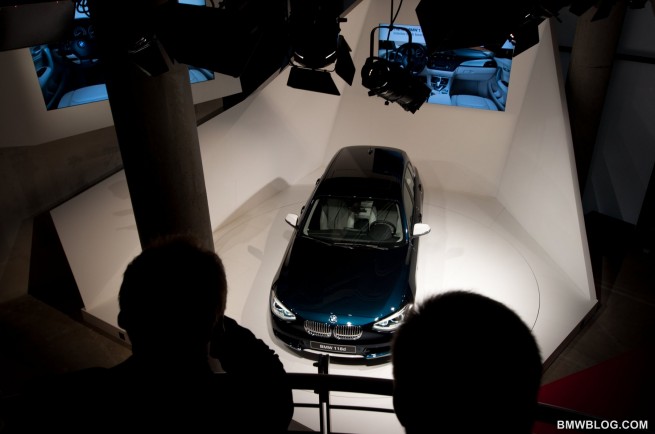
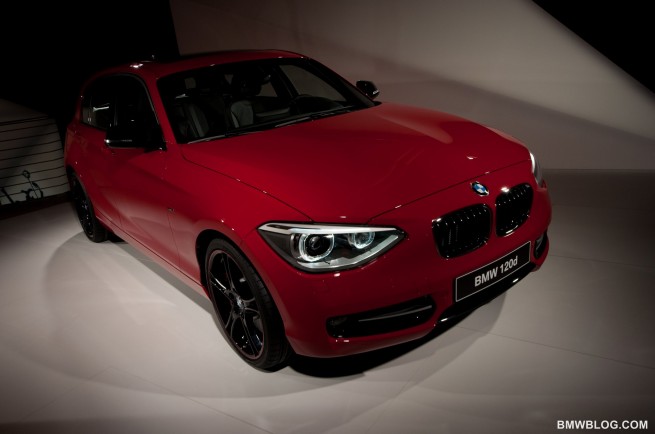
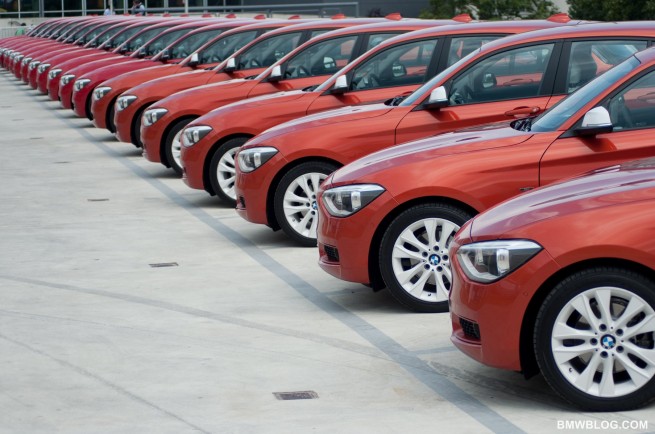
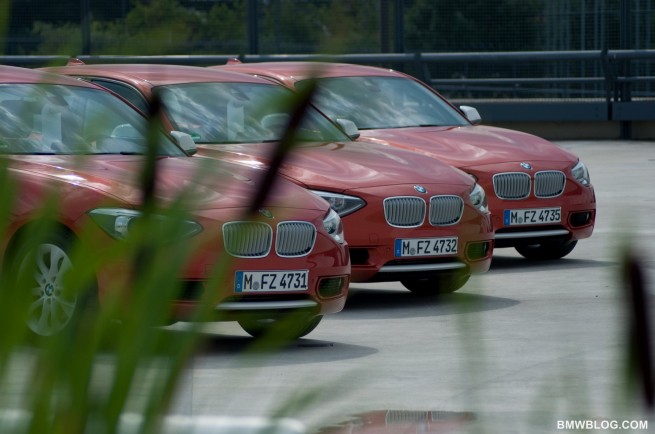
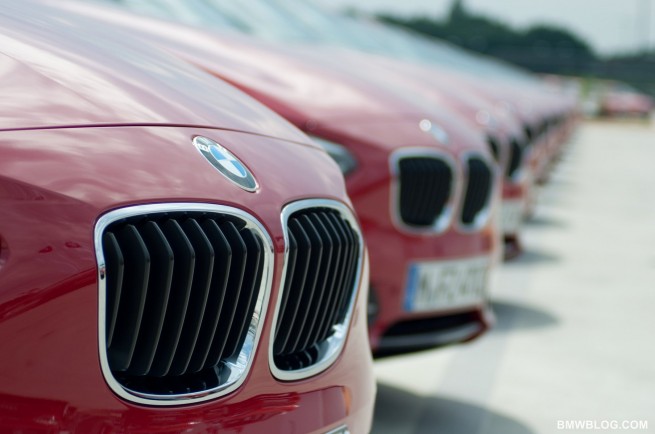
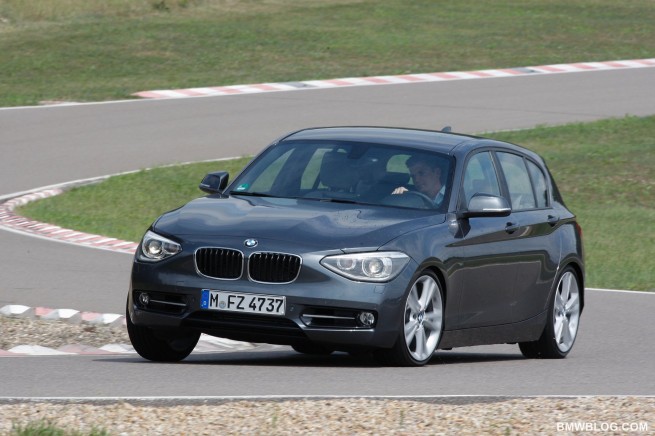
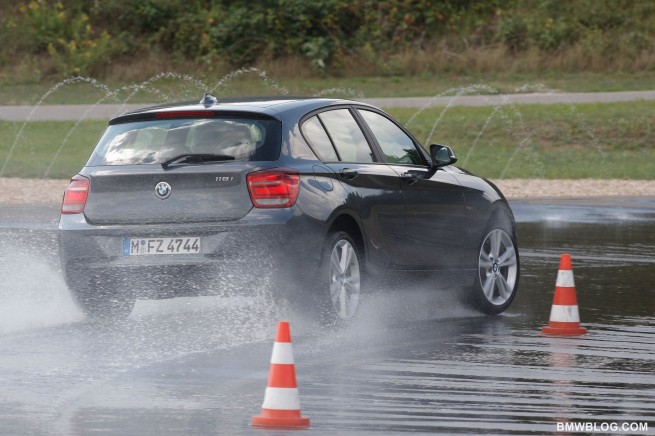
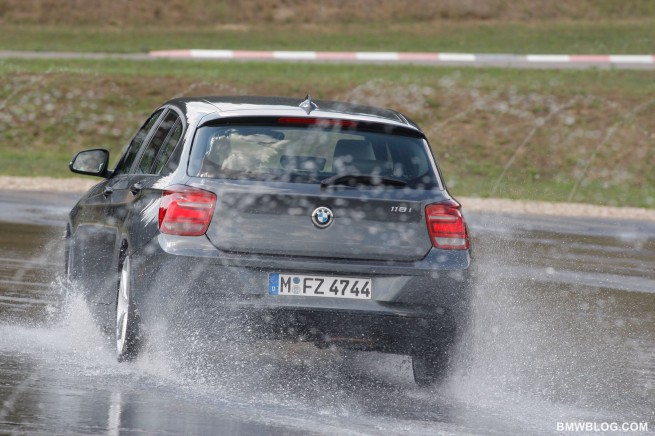
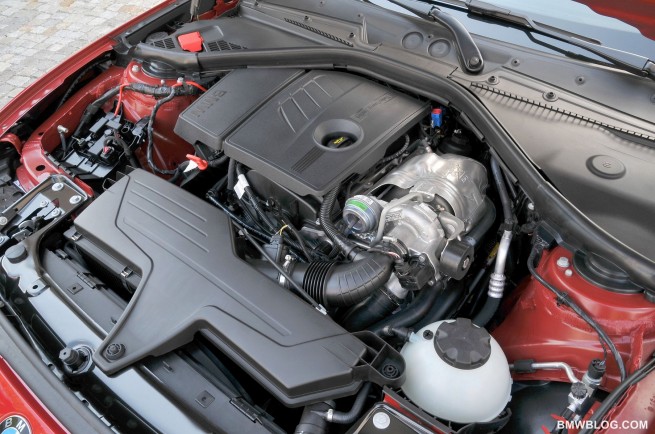

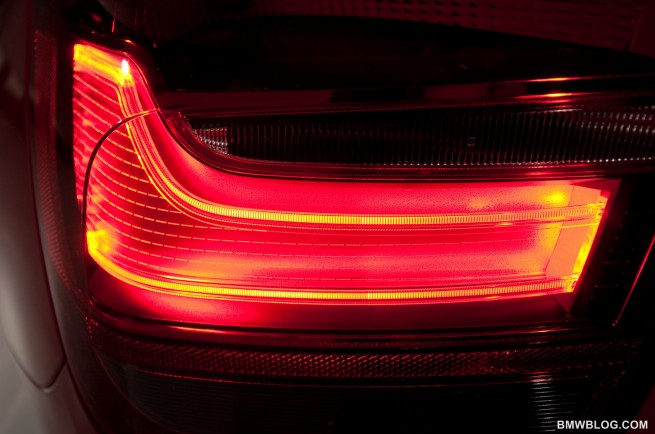
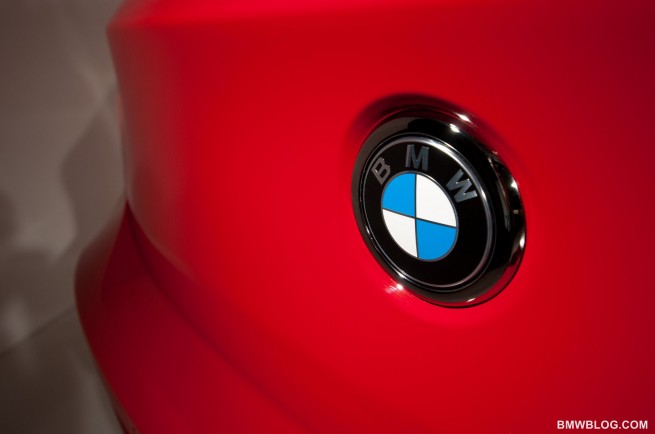
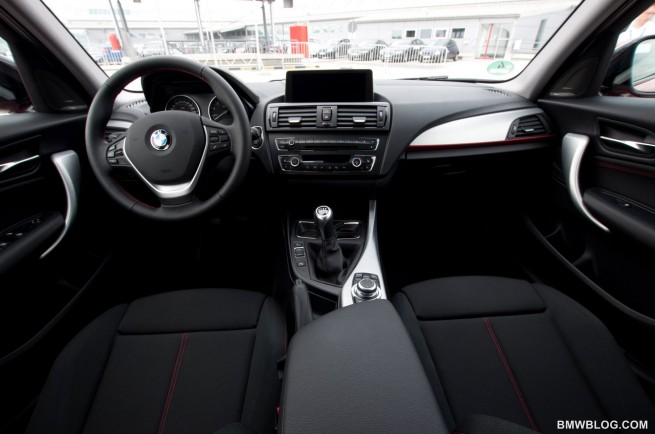
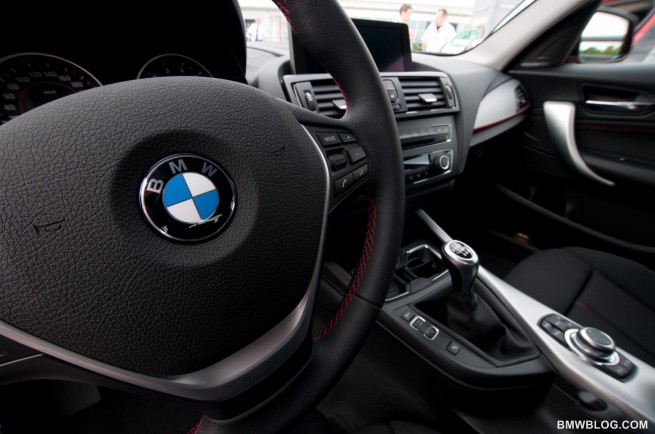
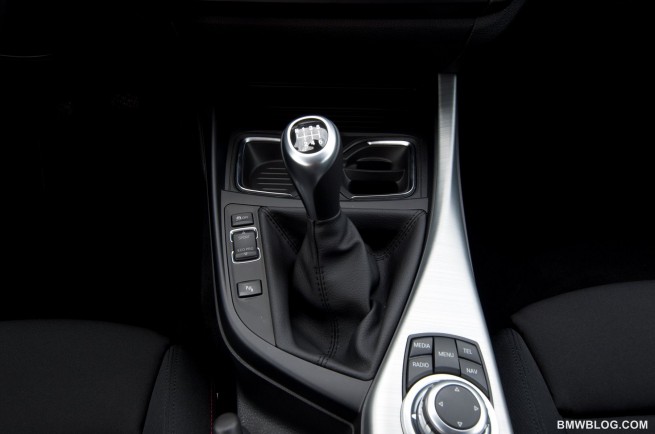
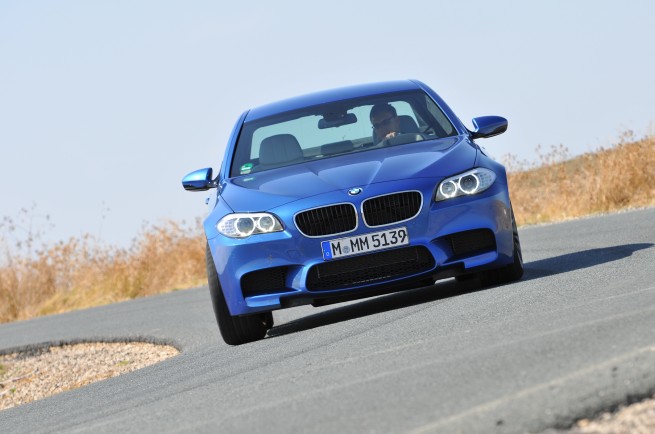
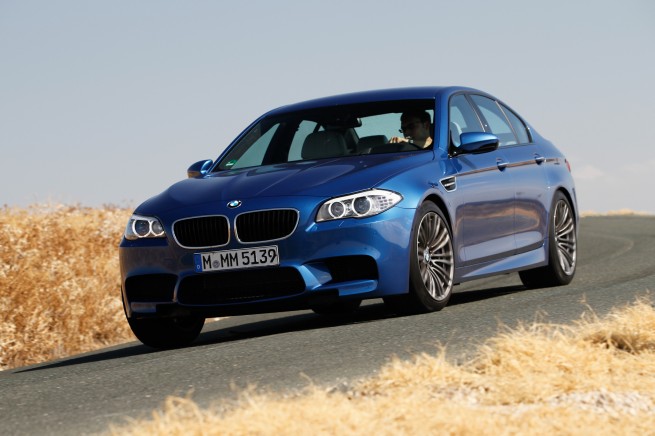
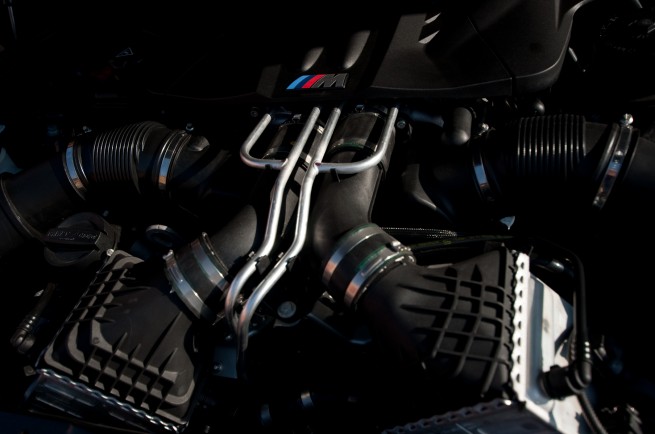
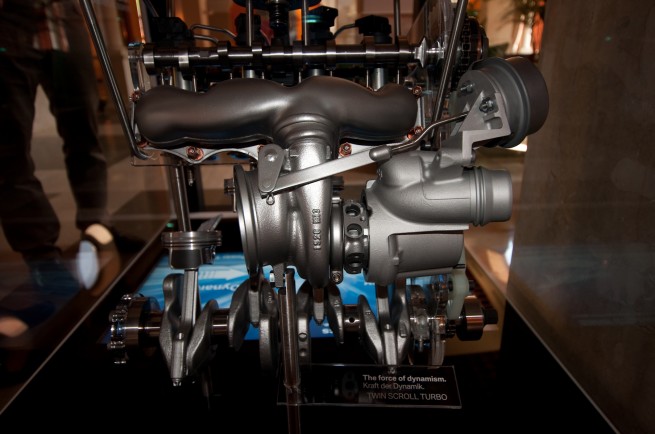
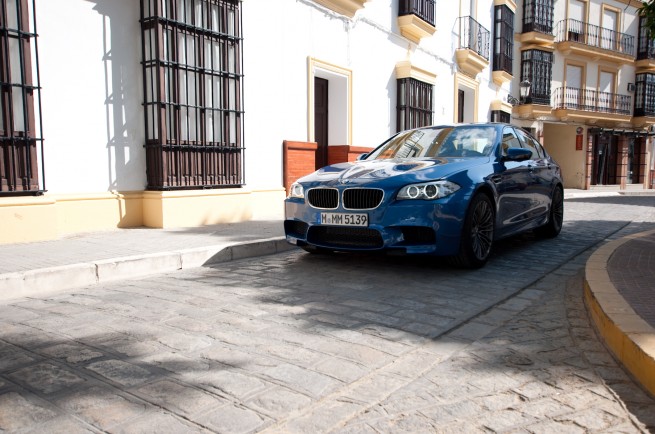


















 Ford has truly taken the Indian market quite seriously and to show that it means business, it has promised no less than eight new models in the recent future.The company has already tasted success with the ‘made for India’ Figo hatchback and now expects the same from the Fiesta sedan, which it has launched recently.
Ford has truly taken the Indian market quite seriously and to show that it means business, it has promised no less than eight new models in the recent future.The company has already tasted success with the ‘made for India’ Figo hatchback and now expects the same from the Fiesta sedan, which it has launched recently.